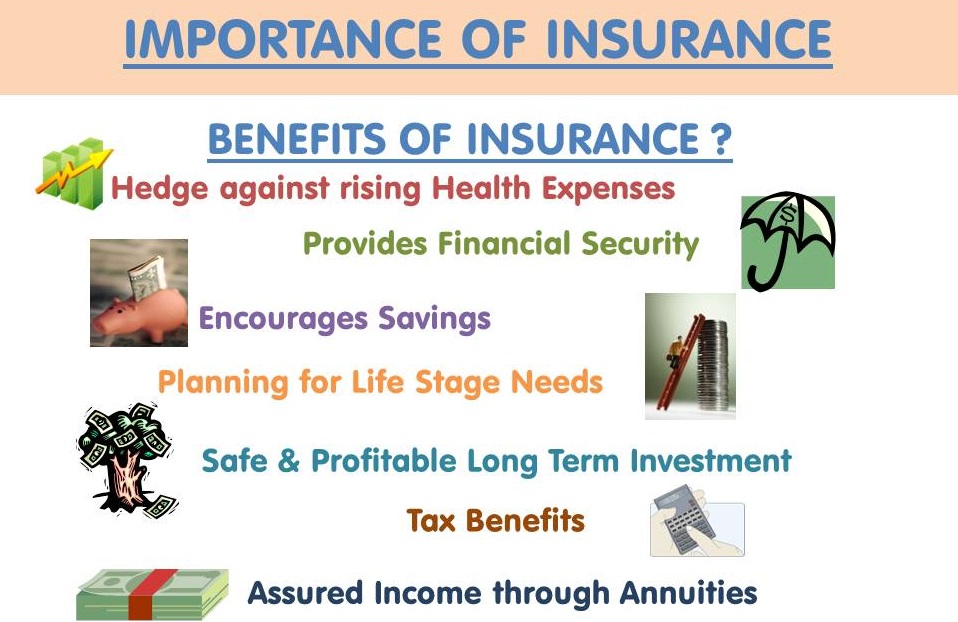Fascination About Pacific Prime
Wiki Article
Not known Details About Pacific Prime
Table of ContentsExcitement About Pacific PrimeAbout Pacific PrimeFascination About Pacific PrimeThe Greatest Guide To Pacific PrimeGet This Report on Pacific Prime

This is due to the fact that the data were accumulated for a period of solid economic efficiency. Of the approximated 42 million individuals who were without insurance, just about about 420,000 (regarding 1 percent) were under 65 years of age, the age at which most Americans end up being qualified for Medicare; 32 million were grownups in between ages 18 and 65, around 19 percent of all grownups in this age group; and 10 million were children under 18 years of age, about 13.9 percent of all youngsters (Mills, 2000).
These estimates of the number of individuals without insurance are generated from the annual March Supplement to the Present Populace Survey (CPS), conducted by the Census Bureau. Unless or else kept in mind, nationwide quotes of people without health and wellness insurance and percentages of the population with different type of insurance coverage are based upon the CPS, one of the most widely used source of estimates of insurance policy protection and uninsurance rates.
The Ultimate Guide To Pacific Prime

Still, the CPS is especially useful because it creates yearly quotes relatively rapidly, reporting the previous year's insurance coverage approximates each September, and since it is the basis for a constant collection of price quotes for even more than twenty years, permitting evaluation of patterns in coverage over time. For these reasons, as well as the comprehensive use of the CPS in various other research studies of insurance policy coverage that exist in this record, we depend on CPS quotes, with constraints noted.

The price quote of the number of without insurance individuals expands when a population's insurance condition is tracked for several years. Over a three-year duration beginning early in 1993, 72 million people, 29 percent of the united state populace, were without coverage for at the very least one month. Within a single year (1994 ), 53 million individuals experienced at the very least a month without coverage (Bennefield, 1998a)
6 out of every ten uninsured grownups are themselves employed. Working does boost the possibility that one and one's household members will certainly have insurance coverage, it is not a guarantee. Also members of family members with two permanent breadwinner have virtually a one-in-ten chance of being without insurance (9.1 percent uninsured price) (Hoffman and Pohl, 2000).
Get This Report on Pacific Prime
New immigrants account for a substantial proportion of people without wellness insurance coverage. One evaluation has associated a significant part of the current growth in the size of the U.S. uninsured populace to immigrants that arrived in the country between 1994 and 1998 (Camarota and Edwards, 2000). Recent immigrants (those who pertained to the USA within the previous 4 years) do have a high price of being without insurance (46 percent), yet they and their children account for just 6 percent of those without insurance coverage country wide (Holahan et al., 2001).The connection in between wellness insurance policy and access to care is well established, as documented later in this phase. Although the relationship in between wellness insurance coverage and health outcomes is neither straight neither straightforward, a substantial scientific and wellness solutions research study literature links health insurance protection to better accessibility to care, much better high quality, and improved personal and populace wellness condition.
Degrees of evaluation for analyzing the impacts of uninsurance. This discussion of medical insurance protection focuses primarily on the united state population under age 65 due to the fact that essentially all Americans 65 and older have Medicare or other public insurance coverage. Additionally, it concentrates particularly on those read this post here with no medical insurance for any size of time.
The Best Strategy To Use For Pacific Prime
The issues dealt with by the underinsured are in some aspects similar to those faced by the without insurance, although they are usually less serious. Health insurance coverage, nonetheless, is neither necessary neither sufficient to acquire access to medical solutions. The independent and straight effect of health and wellness insurance policy protection on accessibility to wellness solutions is well developed.
Others will certainly get the health treatment they need also without health and wellness insurance, by paying for it expense or seeking it from companies who supply care totally free or at extremely subsidized rates. For still others, medical insurance alone does not guarantee receipt of care since of various other nonfinancial barriers, such as an absence of health treatment suppliers in their community, restricted accessibility to transportation, illiteracy, or etymological and cultural differences.
Some Known Incorrect Statements About Pacific Prime
Official research concerning without insurance populaces in the United States dates to the late 1920s and early 1930s when the Committee on the Cost of Medical Treatment created a series of reports regarding financing medical professional workplace sees and hospital stays. This concern became salient as the varieties of medically indigent climbed during the Great Anxiety.Report this wiki page